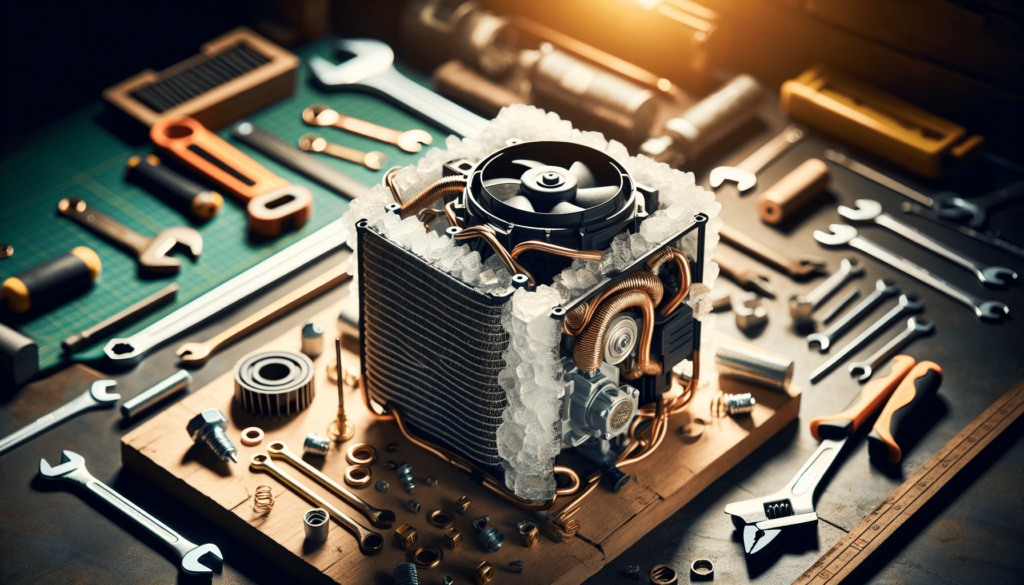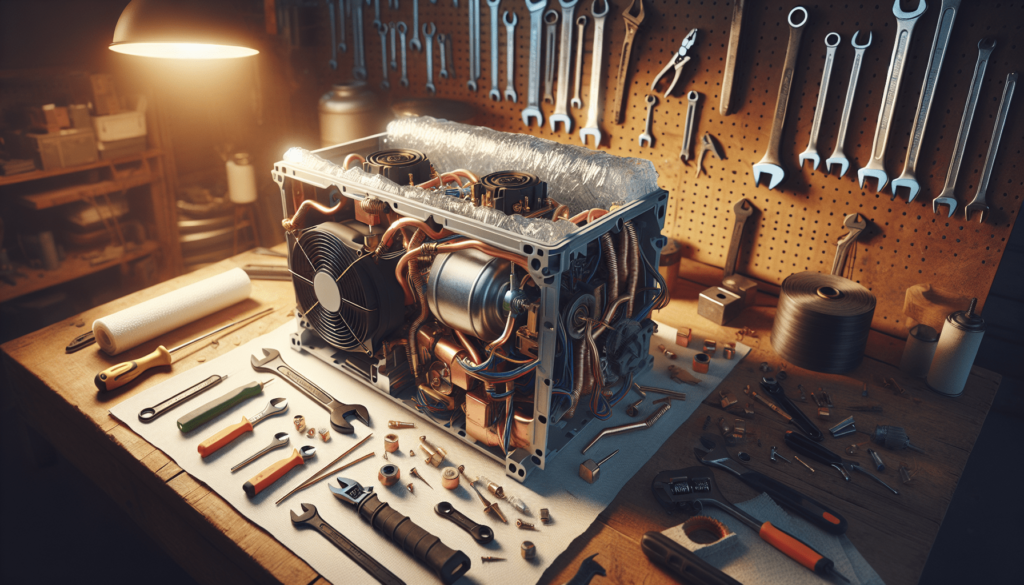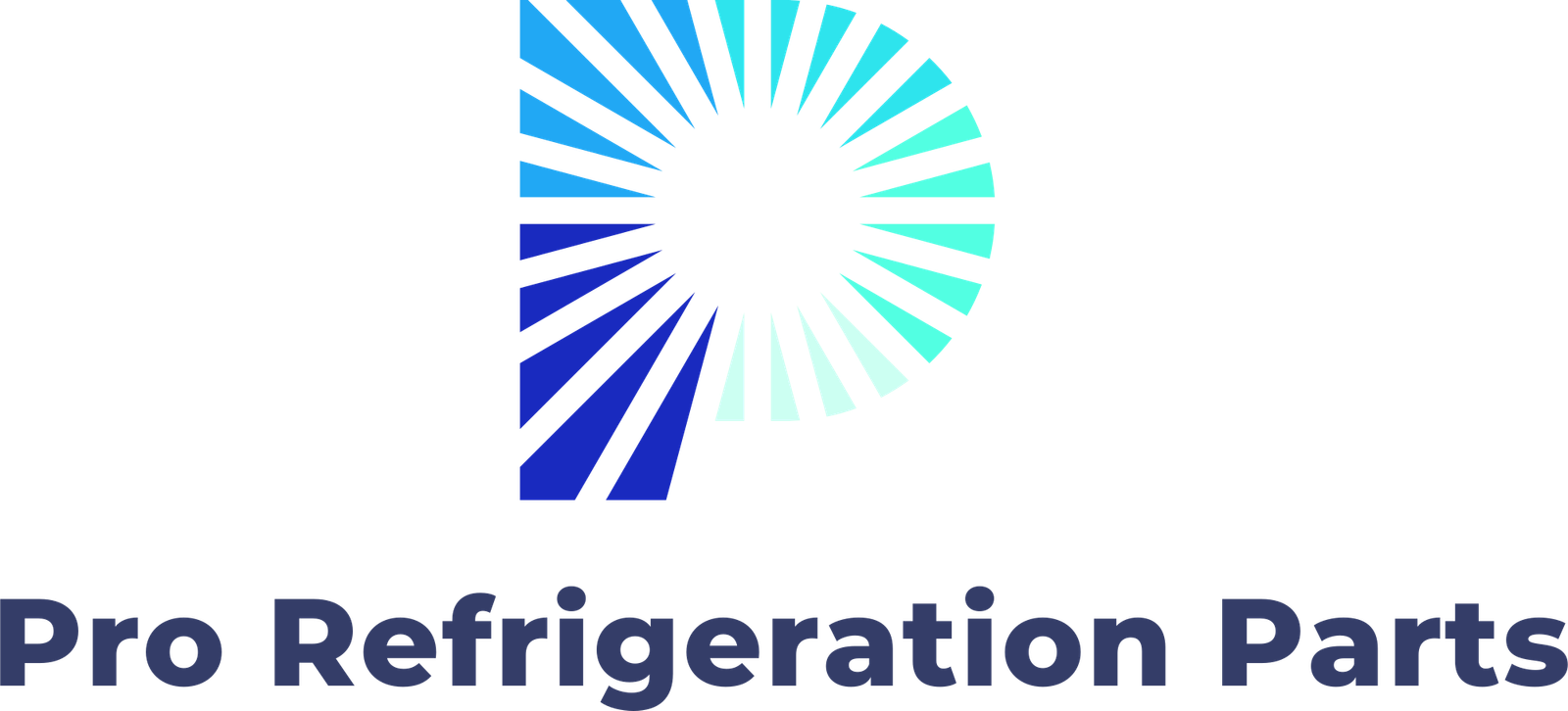True Cooler Parts: Pros And Cons Of DIY Repairs
Have you ever found yourself facing a malfunctioning True cooler and thought about whether to fix it yourself or call in a professional? This dilemma is common among cooler owners, especially when considering the cost and convenience of repairs. Let’s take a closer look at the pros and cons of DIY repairs for True cooler parts, so you can make an informed decision.
Understanding True Coolers
To decide whether you should attempt a DIY repair, it’s important to first understand what True coolers are and how they function. True Manufacturing, a leader in commercial refrigeration, produces coolers that are widely used in restaurants, bars, and grocery stores. Their units are known for their reliability and energy efficiency, making them a popular choice in the food service industry.
The Components of a True Cooler
True coolers consist of various parts that work together to provide optimal cooling. Some of the essential components include:
- Compressor: This part pumps refrigerant through the system and is crucial for the cooling process.
- Evaporator: Located inside the cooler, it absorbs heat from the interior to lower the temperature.
- Condenser: This component releases the absorbed heat into the environment and is usually located outside or at the back of the unit.
- Thermostat: It regulates the temperature inside the cooler and ensures that it remains within the desired range.
- Fans: They circulate air within the cooler and assist in maintaining consistent temperatures.
Being familiar with these components can help you diagnose issues if they arise.
Pros of DIY Repairs
If you’re contemplating fixing your True cooler yourself, there are several advantages to consider.
Cost Savings
One of the primary benefits of DIY repairs is the potential for significant cost savings. Hiring a professional technician can be expensive, often ranging from $100 to $250 per hour, depending on your location and the complexity of the job. By handling repairs yourself, you can save on labor costs and only pay for the replacement parts needed.
Convenience
Another appealing aspect of DIY repairs is convenience. You can work on your cooler at a time that suits you, rather than waiting for a technician to be available. This can be particularly important when your cooler is down, and you need to ensure your products stay fresh.
Learning Opportunity
Taking on a DIY repair can be a valuable learning experience. You’ll gain insight into the workings of your True cooler, which can be beneficial for future repairs or maintenance. Plus, the knowledge you acquire can empower you to tackle other home or commercial equipment issues with confidence.
Sense of Accomplishment
There’s a unique satisfaction that comes with fixing something yourself. Successfully completing a repair can boost your confidence and inspire you to take on more DIY projects in the future.

Cons of DIY Repairs
While there are plenty of reasons to consider DIY repairs, there are also drawbacks that you should be aware of.
Risk of Mistakes
One of the biggest challenges of DIY repairs is the potential for mistakes. If you’re not experienced or knowledgeable about refrigeration systems, you might misdiagnose the problem or install parts incorrectly. This could lead to further damage, resulting in higher repair costs down the line.
Time Consumption
DIY repairs can be time-intensive. Depending on the issue, you may need to spend several hours diagnosing the problem, sourcing parts, and executing the repair itself. This can be particularly frustrating if you have a busy schedule or an urgent need for your cooler.
Lack of Warranty
When you employ a professional, your repair often comes with a warranty on the parts and labor. If something goes wrong shortly after the repair, you’re likely covered. However, if you attempt the repair yourself, you may void any existing warranties on the cooler or the new parts you install.
Safety Risks
Refrigeration systems contain dangerous components, like high-pressure refrigerants and electrical parts. If you’re not familiar with safety protocols, you could put yourself at risk of injury. Electrical shock or refrigerant leaks can pose serious hazards that shouldn’t be taken lightly.
Evaluating Your Skills and Resources
Before you decide to embark on a DIY repair, it’s wise to evaluate your skills and resources. Take inventory of what you know and what tools you have available.
Are You Mechanically Inclined?
Ask yourself how comfortable you are working with tools and machinery. If you have experience with mechanical repairs or basic electrical work, you may be better suited for a DIY approach. However, if you’re unsure or have limited experience, it might be best to consult a professional.
Access to Parts
Consider whether you can easily obtain the necessary parts. Some True cooler components can be purchased online or at local supply stores, but others might be more difficult to find. Make sure you’re prepared to source the parts before you start the repair.
Time Availability
Evaluate how much time you can realistically dedicate to the repair. If your cooler is essential for your business and you need it up and running quickly, a DIY repair may not be the best choice. You don’t want to risk a prolonged downtime while you figure things out.
Understanding the Problem
If you can accurately diagnose the issue, you’ll be better positioned to decide whether to proceed with a DIY repair. If you’re uncertain about the problem, consider reaching out to a technician for an initial consultation. They may offer insights that could influence your decision.

Common Issues with True Coolers
To further assist you in making your decision, let’s discuss some common issues that True coolers face and the potential DIY approaches to fixing them.
Temperature Fluctuations
If you notice that your cooler isn’t maintaining a consistent temperature, it could be due to several factors, such as:
- Dirty Condenser Coils: If the coils are coated with dust and debris, they can’t effectively release heat. Cleaning them should be a relatively simple DIY task.
- Faulty Thermostat: You can test the thermostat with a multimeter. If it’s malfunctioning, replacing it is usually straightforward.
Excessive Noise
If your cooler is unusually noisy, it may indicate a problem with the compressor or fans.
- Loose or Worn Parts: Sometimes, simply tightening screws or replacing worn-out components can resolve the issue.
- Fan Issues: If the fan blades are obstructed or damaged, they may need cleaning or replacement.
Water Leaks
Water accumulation around your cooler can stem from various issues:
- Clogged Drain Line: This is often a simple fix that involves clearing debris from the drain.
- Door Seal Problems: Inspect the door gaskets for wear and tear, and replace them if necessary to prevent condensation.
Refrigeration Failure
If your True cooler is not cooling at all, it could be a more serious issue:
- Compressor Failure: If the compressor is damaged, replacing it is a complex task typically best left to professionals.
- Refrigerant Leaks: Identifying and repairing refrigerant leaks requires specialized skills and tools.
When to Call a Professional
Despite the appeal of DIY repairs, there are certain situations when it’s best to call in an expert. Here are some red flags that indicate professional assistance might be necessary.
Major Breakdown
If your cooler experiences a complete breakdown and isn’t working at all, it might be a sign of a serious issue, such as compressor failure. These repairs often require specialized knowledge and tools that the average person doesn’t possess.
Frequent Problems
If you find yourself repeatedly fixing the same issue, it could indicate a deeper, underlying problem. In such cases, getting a technician’s expert opinion can save you time and money in the long run.
Safety Concerns
Any repairs involving electrical components, high-pressure refrigerants, or complex systems should raise safety concerns. If you don’t feel confident in your ability to handle these tasks safely, it’s always better to hire a professional.
Gathering Tools and Parts
Should you decide to proceed with a DIY repair, gathering the necessary tools and parts is essential. Here’s a straightforward checklist to help you prepare.
Tool Checklist
- Screwdrivers: Both flathead and Phillips.
- Socket Set: For removing screws and bolts.
- Multimeter: For electrical testing.
- Wrench Set: To work with nuts and bolts.
- Cleaning Supplies: Such as brushes and cloths for cleaning coils and components.
- Safety Gear: Gloves and goggles for protection.
Parts Checklist
- Replacement Parts: Suspect components should be replaced, such as thermostats, fans, or gaskets.
- Sealants: For minor repairs, having some sealant on hand can be helpful.
- Cleaning Solutions: To clean condenser coils and other parts without causing damage.
Taking Preventive Measures
Preventive maintenance can save you from a lot of hassle and repair costs in the future. Here are a few tips to keep your True cooler in top shape:
Regular Cleaning
Regularly clean the condenser coils and fan blades to ensure optimal functioning. A clean unit operates more efficiently and has a longer lifespan.
Temperature Checks
Monitor the internal temperature regularly. Keeping an eye on fluctuations can help you catch issues before they escalate.
Door Inspection
Periodically check the door seals and hinges. Ensure they’re functioning correctly and replace them when necessary to avoid loss of cool air.
Professional Maintenance
Consider scheduling regular professional maintenance checks. These inspections can identify and rectify potential issues before they cause major problems.
Conclusion
Deciding between DIY repairs and hiring a professional for your True cooler can be a tricky decision. Weighing the pros and cons based on your skills, the availability of parts, and the nature of the issue will lead you toward the best solution. While the allure of saving money and gaining knowledge through DIY repairs is strong, remember that some situations require professional expertise for safety and efficiency.
Staying informed and proactive in maintaining your cooler will keep your supplies fresh and your business thriving. If you feel confident in tackling minor issues, go ahead and give it a try, but don’t hesitate to call a professional when serious problems arise. By being aware of your limits and maintaining your unit effectively, you can ensure long-lasting performance from your True cooler.
